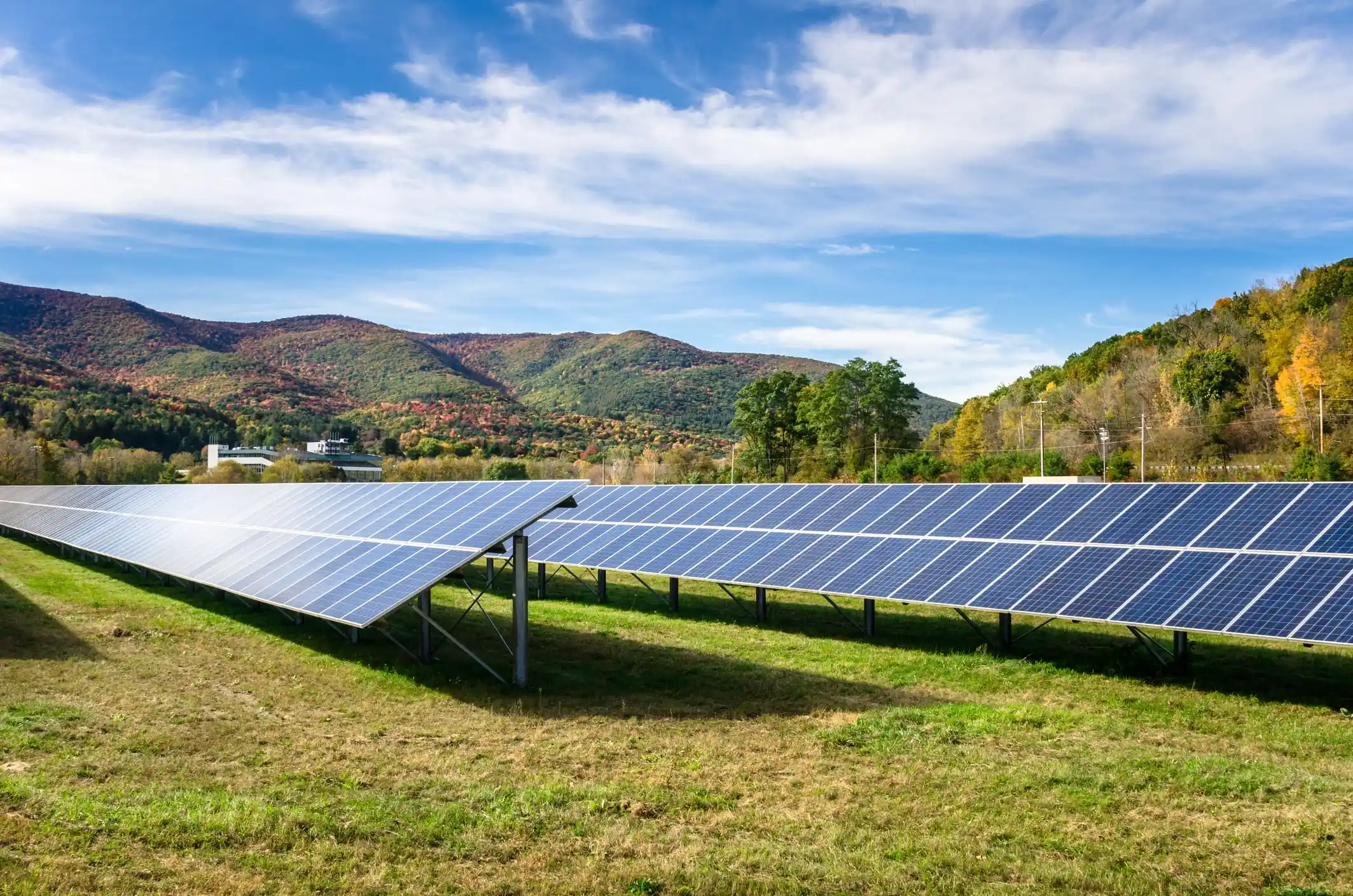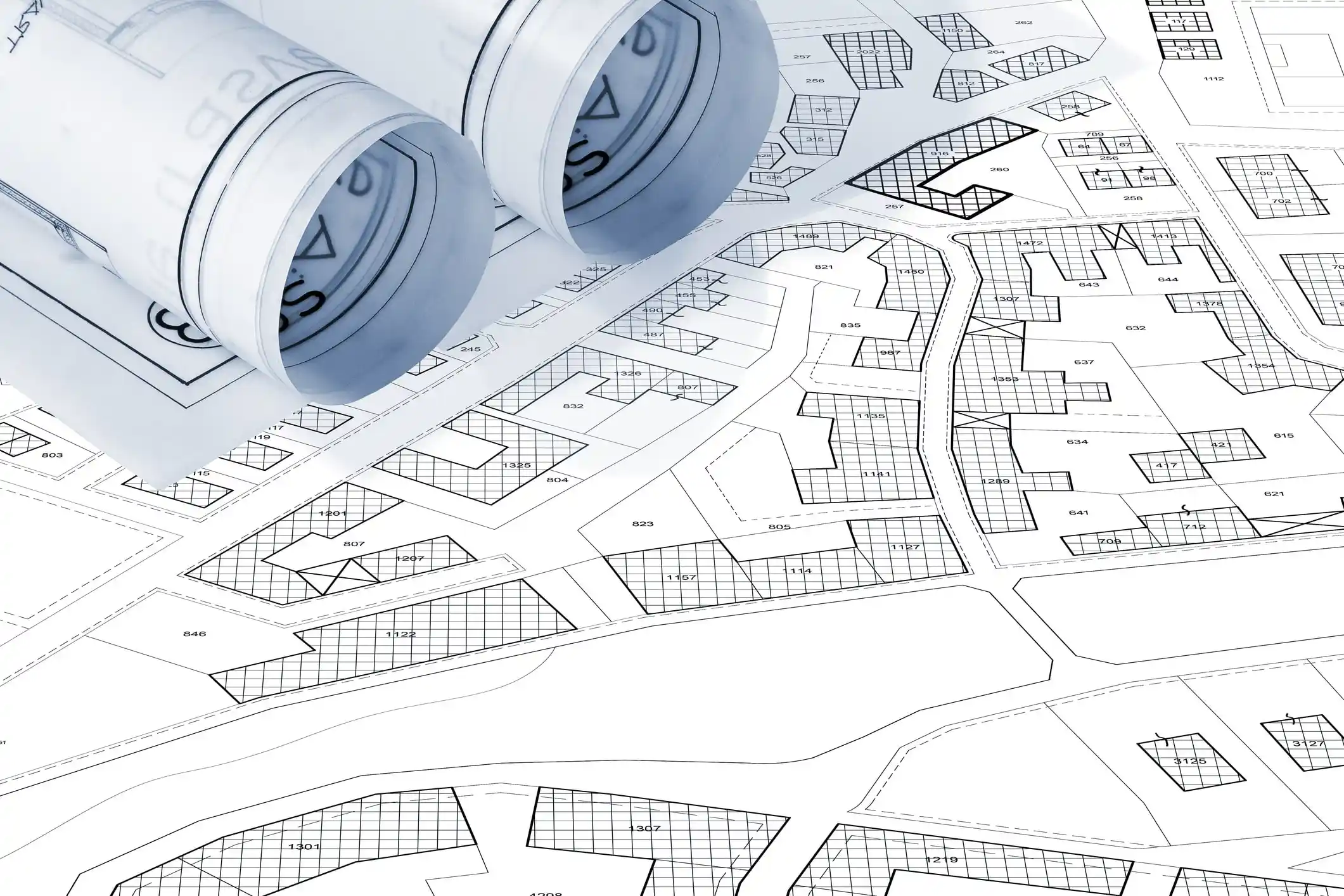POSTED
October 25, 2024
How Leasing Your Land for a Solar Farm Can Boost Property Value
Utility-scale solar farms are becoming a dominant force in the renewable energy sector. The growing global demand for clean, sustainable power sources has fueled the rise of large-scale solar. In 2023 alone, the world saw a 50% increase in renewable energy capacity, adding 507 gigawatts (GW) to energy systems globally.

For landowners, this surge presents a unique opportunity. Leasing land to solar developers gives you the opportunity to boost property value while contributing to the expansion of renewable energy. It also can provide a steady, long-term income stream and increase the value and marketability of your property. In this article, we’ll look at how leasing your land for solar development can increase its value and your income potential.
Ways Leasing Can Increase Property Values
Leasing land for utility-scale solar projects can be a good way to establish a steady stream of passive, predictable income. Solar leases typically span 30 to 35 years and include fixed payments or annual escalators that guarantee a consistent return. This predictable cash flow can be more beneficial than traditional agriculture leases or other land uses. The income generated by this lease can also make your property more attractive to potential buyers. This is especially true for investors seeking low-risk, long-term income sources.
State and federal tax incentives are also available to landowners that lease to solar farms. For instance, certain states offer property tax exemptions for land used in renewable energy projects, effectively lowering your tax burden. Federal tax credits, like the Investment Tax Credit (ITC), can benefit the developer and lead to more favorable lease terms.
Land that’s not suitable for other uses can sometimes be used for solar installations. Leasing underutilized or non-arable land for utility-scale solar projects can increase the perceived value of your property by maximizing its use. Solar farms can even be combined with agriculture to further maximize land usage.

For example, some solar installations integrate native grasses and wildflowers into their sites. This helps support biodiversity and increases agricultural productivity on nearby farms by boosting pollination. Dual-use solar or agrivoltaics allow the land to be used simultaneously for solar energy production and agricultural activities. These systems allow for things like grazing underneath the panels of planting crops that benefit from the partial shade provided by the panels. These dual-use techniques help preserve agricultural land, addressing any land-use conflicts while promoting sustainable agriculture.
Factors That Appeal to Potential Buyers
A solar lease agreement can provide potential buyers with a low-risk, high-reward investment. With a solar lease in place, future owners inherit an already-established, long-term revenue stream. This steady income offers them a predictable return on investment with minimal management and effort. The operational and maintenance costs associated with solar installations are typically handled by the solar developer, not the landowner, significantly reducing the risk for future property owners. Long-term lease payments indexed to inflation also provide investors with an attractive hedge against economic downturns and fluctuating property markets.
There is also a growing demand for sustainable investments. An increasing awareness of environmental issues and a desire for green investments drives this demand. Solar leases make properties more attractive to environmentally conscious investors who are looking for opportunities to support renewable energy. A solar-powered property also may align with environmental, social, and governance (ESG) criteria which many investors are prioritizing in their portfolios. Thanks to this demand, properties with solar leases can benefit from higher market valuations.
Solar leases can also be flexible. They often come with specific easement agreements that outline the terms of land use which can help ensure flexibility for future owners. Easements related to solar projects are typically well-defined, allowing for continued agricultural use or other compatible land uses alongside the solar installation. This flexibility can make the land more attractive to a broader range of buyers, allowing them to maximize the utility and value of the property.
Considerations for Landowners Before Leasing
Land suitability is the first thing you need to consider before leasing. Not all land is suitable for utility-scale solar farms. Finding the right land can be like finding a needle in a haystack. Sites need to have abundant sunlight throughout the year to maximize energy production. They also require large tracts of flat or gently sloping land. While not impossible to develop a solar farm on hilly or sloping land, it can increase construction costs and complicate installation.
Potential sites need to be close to existing transmission lines or substations. This helps minimize the cost and complexity of connecting the solar farm to the power grid. The land also needs to have low environmental sensitivity. Places like wetlands, floodplains, or habitats for endangered species are typically not used for utility-scale solar installations. Overall, there are many assessments that need to be done to determine if the land is suitable for a large-scale solar farm.

Landowners can also run into regulatory and zoning issues. Most utility-scale solar farms need to be on land zoned for industrial or agricultural use. There can also be local regulations that need to be considered. Outside of zoning and regulations, there can sometimes be opposition from local communities. Large solar farms require a lot of land, which can displace things like agriculture or recreation sites. Residents might also see the large arrays of panels as unsightly. This can cause concern that proximity to a solar farm could negatively impact property values in spite of the fact that studies have shown minimal impact on property values. In fact, in some cases, utility-scale solar farms can increase the property value.
Overcoming Challenges with Shasta Power
Shasta Power has deep expertise in land assessment and project development. We conduct all the necessary land assessments to determine if your land is suitable. We also offer step-by-step support from the initial inquiry to the operational phase. Our team develops clear and transparent lease agreements with simple rate schedules so you can completely understand your income. We also offer proactive communication and engagement with local communities, helping to pave the way for the project.
Leasing your land for utility-scale solar projects can be very beneficial, increasing your property value and generating a consistent, long-term income stream. You can also position your property as an attractive investment for sustainability-focused buyers. While the benefits are substantial, there can be challenges along the way.
At Shasta Power, we can help you take advantage of these benefits and guide you through the challenges. We partner with you to develop and build solar energy projects directly on the land you already know and love. Shasta Power can help you maximize your property value while making a positive impact on the environment.
If you are interested in partnering with Shasta Power, visit our landowners page. You can also contact us to learn more about what we do and the benefits of partnership.





